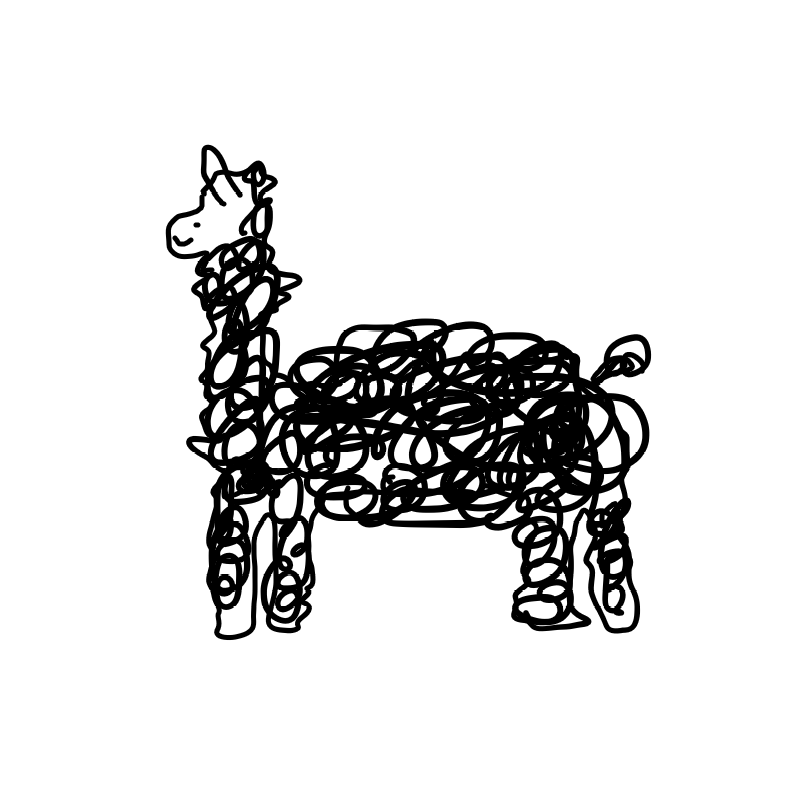전화번호 목록 - Level 2
https://programmers.co.kr/learn/courses/30/lessons/42577
내 풀이 - 정확성: 83.3 | 효율성: 16.7 | 합계: 100.0 / 100.0
def solution(phone_book):
phone_book.sort(key=len)
prefix = set()
for p in phone_book:
for i in range(1, len(p)):
if p[:i] in prefix:
return False
prefix.add(p)
return True길이 기준으로 정렬한 후
짧은 애들부터 prefix 에 넣어주면서
다음 번호들의 시작 값이 prefix 인지 확인
위장 - Level 2
https://programmers.co.kr/learn/courses/30/lessons/42578
내 풀이 - 정확성: 28.6 | 합계: 28.6 / 100.0
import collections
def solution(clothes):
dic = collections.defaultdict(list)
combinations = set()
for c in clothes:
dic[c[1]].append(c[0])
combinations.add(c[0])
types = list(dic.keys())
def combination(types, comb):
if comb:
combinations.add(comb)
if len(types) == 0:
return
for c in dic[types[0]]:
combinations.add(c)
combination(types[1:], comb+c)
combination(types, "")
return len(combinations)우선 옷의 종류와 이름을 묶어주는 dic 생성
combinations 에는 옷의 이름들을 넣어주기 => set 로 중복 X
types 는 옷의 종류들만 저장
재귀 함수로 조합 찾기
모든 comb 조합들이 combinations 에 저장되면 최종적으로 길이 return
근데 안됨...
다른 사람 풀이 - 정확성: 100.0 | 합계: 100.0 / 100.0
def solution(clothes):
clothes_type = {}
for c, t in clothes:
if t not in clothes_type:
clothes_type[t] = 2
else:
clothes_type[t] += 1
cnt = 1
for num in clothes_type.values():
cnt *= num
return cnt - 1조합을 직접 찾지 않아도 개수로 계산 가능
옷의 종류별로 개수를 세준다
1 개만 입는 경우도 있으니까 초기값은 2, 나머지는 1 씩 추가
다 구해줬으면 종류별 개수를 곱해줌 => cnt
모두 안입은 경우 한가지를 빼주고 return
베스트앨범 - Level 3
https://programmers.co.kr/learn/courses/30/lessons/42579
내 풀이 - 정확성: 6.7 | 합계: 6.7 / 100.0
import collections
def solution(genres, plays):
total = collections.defaultdict(int)
gp = collections.defaultdict(list)
top2 = collections.defaultdict(list)
for i in range(len(genres)):
total[genres[i]] += plays[i]
gp[genres[i]].append((plays[i], i))
for k, v in gp.items():
v.sort(reverse=True)
top2[k] = v[:2]
genres = set(genres)
ans = []
ansGenres = []
for g in genres:
if len(ansGenres) == 0:
ansGenres.append(g)
elif len(ansGenres) == 1:
if total[ansGenres[0]] > total[g]:
ansGenres += [g]
else:
ansGenres = [g] + ansGenres
else:
for i in range(2):
if total[ansGenres[i]] < total[g]:
ansGenres = ansGenres[:i] + [g] + ansGenres[i:len(ansGenres)-1]
for g in ansGenres:
ans += [top2[g][0][1], top2[g][1][1]]
return anstotal 은 각 장르마다 재생횟수를 묶어줌
ex) 'classic': 1450
gp 는 장르별 고유번호 재생횟수
ex) 'classic': [(500, 0), (150, 2), (800, 3)]
top2 는 장르별 재생횟수 상위 2
ex) 'classic': [(800, 3), (500, 0)]
-
total,gp구하기 -
gp기반으로 정렬하고 2개씩 잘라서top2구하기 -
중복 없이
genres들을 보면서 재생횟수가 가장 높은 2 가지의 장르 선별
=> 재생횟수 비교해서 순서 update -
두 장르의
top2고유 번호만ans에 저장 후 return
다른 사람 풀이 - 정확성: 100.0 | 합계: 100.0 / 100.0
def solution(genres, plays):
answer = []
d = {e:[] for e in set(genres)}
for e in zip(genres, plays, range(len(plays))):
d[e[0]].append([e[1] , e[2]])
genreSort =sorted(list(d.keys()), key= lambda x: sum( map(lambda y: y[0],d[x])), reverse = True)
for g in genreSort:
temp = [e[1] for e in sorted(d[g],key= lambda x: (x[0], -x[1]), reverse = True)]
answer += temp[:min(len(temp),2)]
return answerd 에 우선 장르들만 key 값으로 저장
각 장르마다 (재생횟수, 고유번호) 묶어서 저장
genreSort: 장르별 전체 재생횟수를 기준으로 정렬
=> x: sum(map(lambda y: y[0],d[x]))
genreSort 의 장르들을 보면서 상위 2 개의 고유번호 추출
=> 장르별 (재생횟수, 고유번호) 들을 역순으로 정렬하고 2 개까지 slice
min(len(temp),2)=> "장르에 속한 곡이 하나라면, 하나의 곡만 선택합니다." 처리
